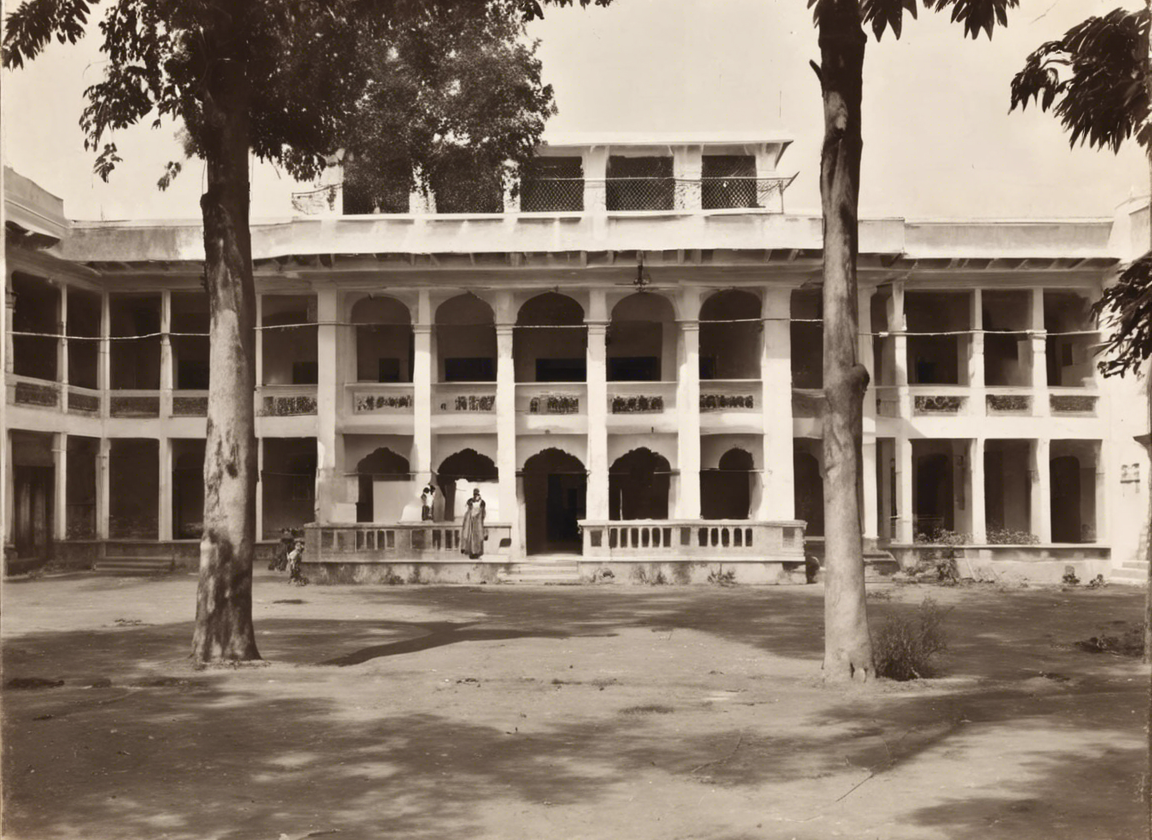Empowering Girls: Kasturba Gandhi Balika Vidyalaya Program

In a society where gender equality continues to be an ongoing struggle, empowering girls through education stands out as a powerful tool for social change. The Kasturba Gandhi Balika Vidyalaya (KGBV) program is one such initiative that has been instrumental in providing quality education and fostering the empowerment of girls in rural areas of India.
Understanding the Kasturba Gandhi Balika Vidyalaya Program
The KGBV program, named in honor of Kasturba Gandhi, the wife of Mahatma Gandhi, was launched by the Government of India in 2004 to provide quality education to girls from disadvantaged communities. The program specifically targets girls from marginalized groups, including Scheduled Castes, Scheduled Tribes, Other Backward Classes, minorities, and girls with disabilities.
Objectives of the KGBV Program
-
Increasing Enrollment: The primary goal of the program is to increase the enrollment of girls, especially those from marginalized communities, in upper primary level education.
-
Improving Retention: The program focuses on improving the retention rate of girls in schools by creating a conducive learning environment.
-
Ensuring Quality Education: Providing quality education that is relevant and empowering for girls is a core objective of the KGBV program.
-
Empowerment: The program aims to empower girls through education, enabling them to make informed choices and lead a dignified life.
Key Features of the KGBV Program
-
Residential Schools: KGBVs are residential schools that provide not only education but also accommodation and necessary amenities for girls coming from distant or underprivileged backgrounds.
-
Focus on Quality Education: The program emphasizes a child-centric approach to education, focusing on holistic development rather than rote learning.
-
Diverse Curriculum: KGBVs offer a diverse curriculum that includes academic subjects, life skills education, vocational training, and extracurricular activities to ensure the overall development of the students.
-
Empowerment Workshops: Workshops on topics like health, hygiene, leadership, and gender sensitivity are conducted to empower girls and build their confidence.
-
Community Engagement: The program actively involves the community, parents, and local authorities to create a supportive ecosystem for girls’ education.
Impact of the KGBV Program
The KGBV program has made significant strides in addressing gender disparities in education and empowering girls in rural areas of India. Some of the notable impacts of the program include:
-
Increased Enrollment: The program has led to a higher enrollment of girls in schools, especially from marginalized communities.
-
Improved Retention Rate: The retention rate of girls in schools has shown improvement, indicating that girls are staying in the education system for longer.
-
Enhanced Learning Outcomes: Girls attending KGBVs have shown improved learning outcomes, with many excelling academically and pursuing higher education.
-
Empowerment: Through education and skill-building initiatives, girls have become more empowered, confident, and capable of making independent choices.
Challenges and the Way Forward
While the KGBV program has been successful in many aspects, it still faces several challenges such as inadequate infrastructure, teacher vacancies, lack of vocational training opportunities, and societal barriers that hinder girls’ education. To strengthen the program and ensure its effectiveness, the following measures can be taken:
-
Enhanced Infrastructural Support: Investing in better infrastructure and facilities for KGBVs can improve the overall learning environment for girls.
-
Teacher Training: Providing regular training and support to teachers can enhance the quality of education imparted in KGBVs.
-
Expansion of Vocational Training: Introducing more vocational training options can better equip girls with skills that are in demand in the job market.
-
Sensitization Programs: Conducting community sensitization programs on the importance of girls’ education and gender equality can help break societal barriers.
-
Monitoring and Evaluation: Regular monitoring and evaluation of the program’s progress can identify areas that need improvement and ensure accountability.
Frequently Asked Questions (FAQs) about the KGBV Program
Q1: What is the eligibility criteria for girls to enroll in KGBVs?
A1: Girls from disadvantaged communities such as Scheduled Castes, Scheduled Tribes, Other Backward Classes, minorities, and those with disabilities are eligible.
Q2: Are KGBVs only for primary education, or do they cater to higher grades as well?
A2: KGBVs primarily focus on upper primary education (6th to 8th grades) but some schools also offer education up to the secondary level.
Q3: Is the education provided in KGBVs free of cost?
A3: Yes, education in KGBVs is free, and additional support such as textbooks, uniforms, and vocational training are also provided.
Q4: How can one support the KGBV program as a volunteer or donor?
A4: Interested individuals can reach out to the local authorities or NGOs involved in running KGBVs to volunteer or make donations to support the program.
Q5: What are some success stories of girls who have benefited from the KGBV program?
A5: There are numerous success stories of girls who have graduated from KGBVs and gone on to pursue higher education, secure jobs, and become agents of change in their communities.
In conclusion, the Kasturba Gandhi Balika Vidyalaya program plays a crucial role in empowering girls through education and addressing gender disparities in rural India. By providing quality education, fostering empowerment, and creating a supportive ecosystem, the program paves the way for a more equitable and inclusive society where girls have equal opportunities to realize their full potential.